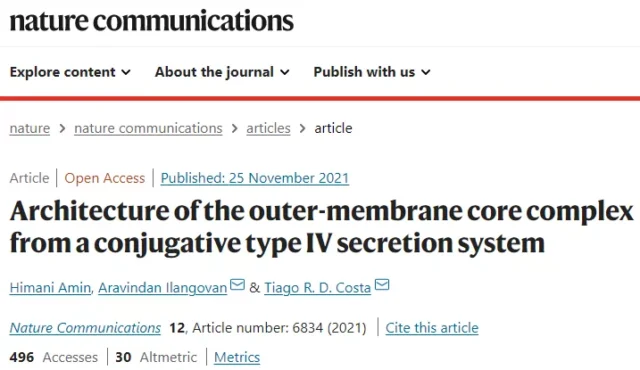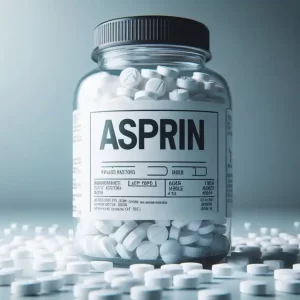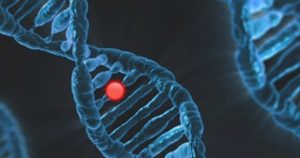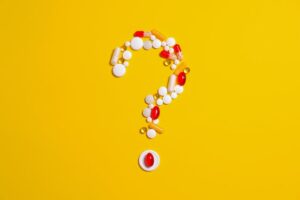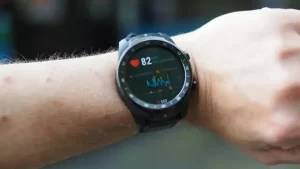Nature Communications: How do bacteria acquire drug resistance?
- Aspirin: Study Finds Greater Benefits for These Colorectal Cancer Patients
- Cancer Can Occur Without Genetic Mutations?
- Statins Lower Blood Lipids: How Long is a Course?
- Warning: Smartwatch Blood Sugar Measurement Deemed Dangerous
- Mifepristone: A Safe and Effective Abortion Option Amidst Controversy
- Asbestos Detected in Buildings Damaged in Ukraine: Analyzed by Japanese Company
Nature Communications: How do bacteria acquire drug resistance?
- Red Yeast Rice Scare Grips Japan: Over 114 Hospitalized and 5 Deaths
- Long COVID Brain Fog: Blood-Brain Barrier Damage and Persistent Inflammation
- FDA has mandated a top-level black box warning for all marketed CAR-T therapies
- Can people with high blood pressure eat peanuts?
- What is the difference between dopamine and dobutamine?
- How long can the patient live after heart stent surgery?
Nature Communications: How do bacteria acquire drug resistance?
Brief Introduction:
How do bacteria acquire resistance?
Related research recently published in the journal Nature Communications is an important step in understanding how bacteria develop resistance and how to prevent them from developing resistance.
Studies have shown that during the conjugation process, bacteria can exchange genetic information in the form of special DNA fragments, making many diseases caused by these bacteria resistant to treatment.
” Architecture of the outer-membrane core complex from a conjugative type IV secretion system ” co-authored by Himani Amin, Aravindan Ilangovan and Tiago RD Costa was published in the journal Nature Communications on November 25, 2021 .
Researchers have imaged one of the main components of conjugation , the process of sharing DNA between bacteria.
During the conjugation process, bacteria can exchange genetic information in the form of special DNA fragments. These include genes that help them resist the attacks of common antibacterial drugs, making many diseases caused by these bacteria resistant to treatment.
Therefore, a better understanding of conjugation can allow scientists to find ways to stop this process and reduce the spread of antimicrobial resistance.
Although joining has been studied since the 1940s, the atomic details behind its mechanism are still unclear. Now, researchers from Imperial College London and Queen Mary University of London have captured the key parts of this process for the first time.
The results, published in the journal Nature Communications , are an important step in understanding how bacteria develop resistance and how to prevent them from developing resistance.
Lead researcher Dr. Tiago Costa , from the Research Center for Molecular Bacteriology and Infection Medicine and the Department of Life Sciences at Imperial College London , said: ” Our discovery lays the foundation for accelerating our understanding of bacterial antimicrobial resistance conferred by gene transfer. Important. The point is that deciphering the details of the gene transfer mechanism can provide us with targets that can be used to inhibit antibiotic resistance. “
The team studied E. coli . When E. coli wants to begin to engage with another bacterium, it uses a type IV secretion system (T4SS) that can extend and penetrate into another bacterium.
Many types of bacteria use T4SS to carry out a series of processes, including injecting toxic proteins into our own cells during infection, or injecting toxins into competitors’ cells to kill them when competing for resources.
During the conjugation process, it is not toxic proteins that are transferred, but freely distributed DNA fragments that give bacteria advantages, including antimicrobial resistance. These DNA fragments can even be transferred to different kinds of bacteria, thereby spreading resistance to new pathogens.
T4SS consists of three parts. The team was able to image a part called the outer membrane core complex , which immobilized T4SS on bacteria that share its genes. From this anchor point, the bacteria emit a fimbriae-a long chain, which grabs the neighboring bacteria, and the DNA will be transferred there.
Images obtained by cryo-electron microscopy technology show that the outer membrane core complex is composed of two concentric proteins with very flexible connectors. This structure is very flexible, and the researchers believe that it helps the fimbriae to expand and contract when they come in contact with other bacteria.
The first author of the paper, Ms. Himani Amin , also from the Department of Life Sciences , said: “Our structure reveals fascinating new insights into the outer membrane core complex by showing the extraordinary protein organization inside. This will provide a better understanding of bacteria. Gene transfer between populations paves the way and enables researchers to develop preventive treatments.”
The team now wants to image the remaining conjugative T4SS in E. coli to reveal its full function in sufficient detail and show scientists how this process is disrupted, thereby reducing the transfer of antimicrobial resistance.
Reference:
https://phys.org/news/2021-11-key-bacteria-drug-resistance-revealed.html
Nature Communications: How do bacteria acquire drug resistance?
(source:internet, reference only)
Disclaimer of medicaltrend.org
Important Note: The information provided is for informational purposes only and should not be considered as medical advice.
